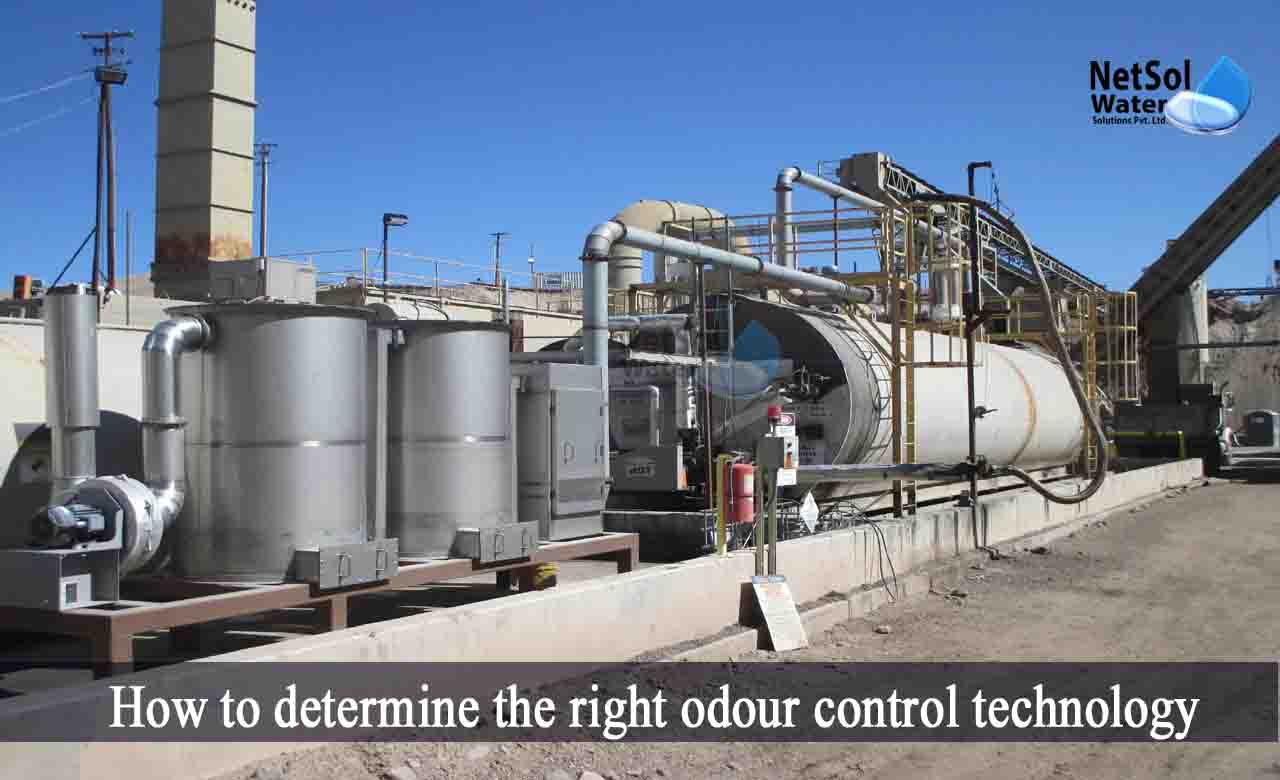What is the source of odour in wastewater treatment plants?
Common scents found in and near treatment facilities include rotten eggs, ammonia, and garlic, among others. In general, bad odours in treatment facilities are caused by the anaerobic breakdown of organic molecules.
Hydrogen sulfide (H2S) is a natural by-product of anaerobic digestion that has a strong, unpleasant odour. It is discharged into the atmosphere due to its limited solubility in wastewater, causing a disagreeable stench. Amines and mercaptans are also other two types of odour-causing substances found in wastewater treatment plants. These chemical compounds include sulphur or nitrogen, which produces scents discernible by the human nose even at very low concentrations.
What can be done to eliminate odours?
Identifying root cause of any problem is the first step in resolving this issue. Raw wastewater exposed to air at the influent pump station and main clarifier stage might be the source of odours. The odours might also be originating from almost any other phase in the treatment process.
There are several odour control solutions. To target volatilized odour components in the air, certain plants utilize deodorizing misting systems. Others choose to directly add chemicals to the water that react with odour-causing molecules.Another, more sophisticated, odour control strategy is to fine-tune the treatment process itself. Covering the problem is often the easiest solution to odour control. Many wastewater treatment plants use an industrial-grade cover to block the source of odours, whether it's a tank, basin, or lagoon, preventing the spread of odour vapours.
A more potent odour control option is "capture and treat" technology. This entails trapping smell with a cover and then extracting and treating the gathered bad air. After passing through a ducting system, the air can be cleaned using a number of technologies such as a biofilter, wet scrubber, carbon filter, proprietary media, and so on.
How to determine the right odour control technology?
Fixed coverings, floating covers, inflatable covers, retractable covers, covers constructed of flexible geo-membranes and stiff covers made of aluminium, fiberglass, or steel are all available in the market now-a-days. There is no "correct" wastewater treatment solution, just as there is no "correct" odour control cover solution. It all relies on the application and the plant's specific requirements.
However, some significant aspects to consider while choosing an odour control cover option include:
1. Ensure that the given control technology's odour removal efficacy and outlet characteristics suit your requirements and are in accordance with local authority emission guidelines.
2. The capital and operational costs of the proposed system must be within the budget.
3. Required area for odour control systems should be based on availability at your business.
4. The system's consumables must be available at your site.
5. Used consumables or chemicals must be disposed of at your facility.
6. The availability of essential people at your site to run the given odour control system must be there.
7. Manufacturing and commissioning time for the system to be operational should be considered.
8. Confirm that consumables and necessary spares for the unit are available at the supplier's location.
9.Last but not least, the supplier's technological know-how, competence, and experience should be a promising potential.
Finding the finest odour control technology might be difficult if you lack the appropriate resources. If you need the best treatment plant for your wastewater, choose Netsol Water. We make every effort to meet each client's demand for success.



